Located in the original Near North Side neighborhood, one grade school at North 14th and Cass Street served immigrants, African Americans, adults, and others. It had an important history in the city, but was demolished without fanfare. Today the school is largely forgotten. This is a history of the Cass Street School in North Omaha.
Opening a Neighborhood School

Starting eight years after the city was founded, the Omaha school district took some time and didn’t begin formally until 1862. Its original school was a two-room wood building opened in Jefferson Square at North 15th and Burt Streets opened in 1863. That school educated students through the 6th grade.
From the 1870s through the 1930s, this area was a very diverse residential district. In addition to African American students, there were all kinds of European immigrants, and other in the surrounding area, including the original Near North Side neighborhood, Little Scandinavia and North Omaha’s Little Italy. Lucille Gamble, one of Omaha’s first African American teachers, taught there from 1895-1899.
Immediately to the east of this school was the Sporting District, where Omaha’s vice activities like prostitution, gambling, drug use and alcohol were concentrated. To the north was a new residential area that would become the Lake School neighborhood, and to the west was the neighborhood around the Holy Family Catholic parish. The Union Pacific shops, ASARCO, and other industrial shops were nearby too.
Building Hope

When the Jefferson Square school building was closed, it was moved by the Omaha school district to the intersection of North 14th and Cass Street. A new school opened there in 1872. In 1879, it was replaced by a $12,000 wooden building with eight rooms, constructed for the new graduating classes going through 8th grade at 1418 Cass Street, and was officially called the Cass Street School. Between around 1885 and 1899, there was an annex to the school located by North 19th and California Street called the St. Barnabas School, which was the original site of St. Barnabas Episcopal Church. There were 350 students in Cass School during the 1890s.
The neighborhood was a working class area with a lot of laborers, maids, porters, and other people living affordably for the era. There were houses, apartments, and boarding houses throughout the neighborhood. There were churches, stores, and many other businesses nearby too, as well as the Creighton University Medical School. The only close public park was Jefferson Square, several blocks away. Nearby was the Capitol Avenue district, and not too far away was Jobber’s Canyon.
A New Building

In 1900, the school district rebuilt the school. Designed by popular Omaha school architect John Latenser, the building was expanded to 12 classrooms, a library, and offices. The basement was used as a gymnasium. An 1899 article declared,
“When completed the Cass school will undoubtedly be the best built and most perfectly arranged school building in the city.”
Omaha Daily Bee, July 23, 1899
Intended to replace both the original Cass Street School and the Dodge Street School, the new Cass School doubled the original’s capacity and increased its activities. 650 students attended the first day in the new school. In addition to serving kindergarten through 8th grade, there were basic education night classes, Americanization courses, and the school library acted like a public library for the surrounding neighborhood. The school was regularly lauded for providing manual training for students in wood working and carving, clay modeling, sewing, and more. A 1907 Omaha Bee edition featured the school’s offerings, and several reports cited them.
In 1917 during the U.S. involvement in World War I, the Omaha Bee was all too happy to announce, “At the Cass school the spirit of patriotism is strong. Scores of nationalities are represented, but all the youngsters shout for the United States.” Students did calisthenics and read pro-American propaganda during class in the name of supporting the war.
Change, Closure and Demolition

As the neighborhood around it changed from residential to mixed use industrial and commercial, the Cass School increasingly became less relevant to the Omaha school district. Other nearby schools like the Izard School and the Dodge School were long gone by then; the Webster School, Central School, Lake School, Kellom School and Long School had absorbed students from this area.
In 1936, the school was closed and the building was demolished.
There are still senior residents alive in Omaha who attended the school. They would have been born between 1920 and 1933, and attended the school between 1926 and 1936.
Today, there’s no remnant, marker or other sign that the school ever existed.
Cass School Timeline
- 1862: Two-room schoolhouse opened in Jefferson Square
- 1872: First Cass School opened in the original wooden Jefferson Square schoolhouse that was moved to 14th and Cass Street
- 1879: New brick school built
- 1885: St. Barnabas School annex opened
- 1899: New brick school
- 1936: School closed and demolished
You Might Like…
MY ARTICLES ABOUT THE HISTORY OF SCHOOLS IN NORTH OMAHA
GENERAL: Segregated Schools | Higher Education
PUBLIC GRADE SCHOOLS: Beechwood | Belvedere | Cass | Central Park | Dodge Street | Druid Hill | Florence | Fort Omaha School | Howard Kennedy | Kellom | Lake | Long | Miller Park | Minne Lusa | Monmouth Park | North Omaha (Izard) | Omaha View | Pershing | Ponca | Saratoga | Sherman | Walnut Hill | Webster
PUBLIC MIDDLE SCHOOLS: McMillan | Technical
PUBLIC HIGH SCHOOLS: North | Technical | Florence
CATHOLIC SCHOOLS: Creighton | Dominican | Holy Angels | Holy Family | Sacred Heart | St. Benedict | St. John | St. Therese
LUTHERAN SCHOOLS: Hope | St. Paul
HIGHER EDUCATION: Omaha University | Creighton University | Presbyterian Theological Seminary | Joslyn Hall | Jacobs Hall | Fort Omaha
MORE: Fort Street Special School for Incorrigible Boys | Nebraska School for the Deaf and Dumb
Listen to the North Omaha History Podcast on “The History of Schools in North Omaha” »
BONUS

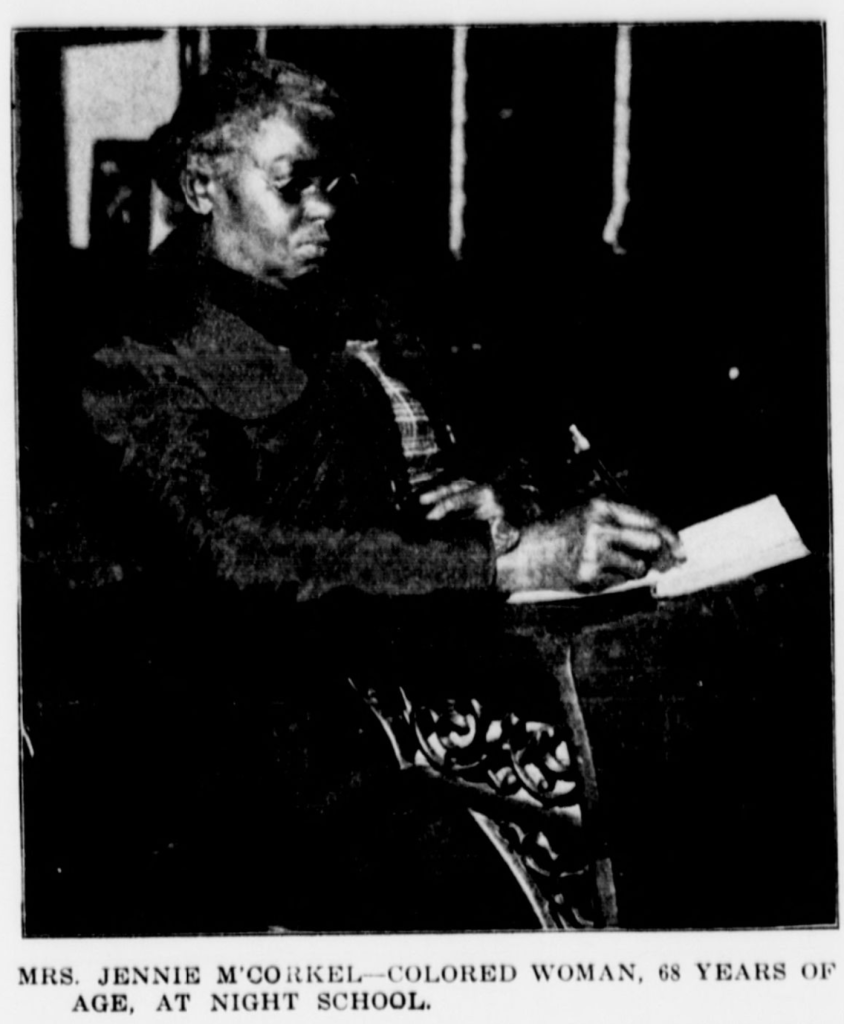


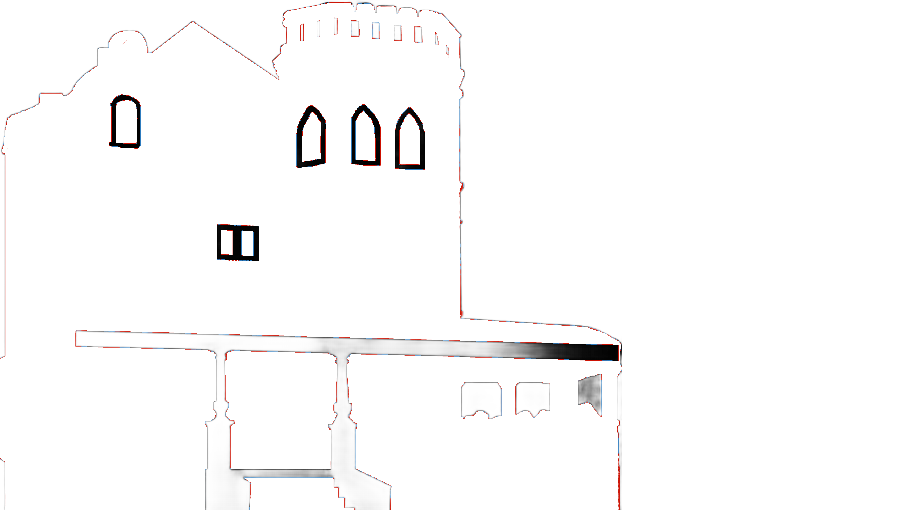

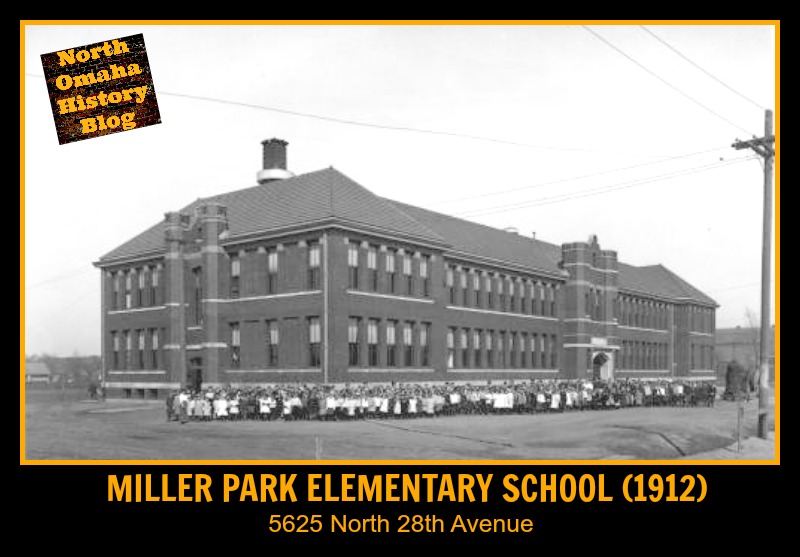
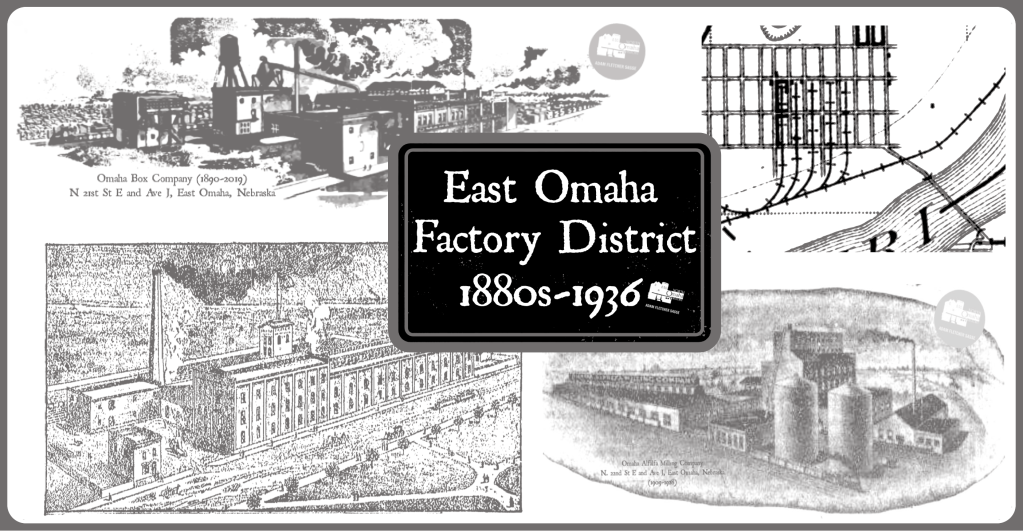
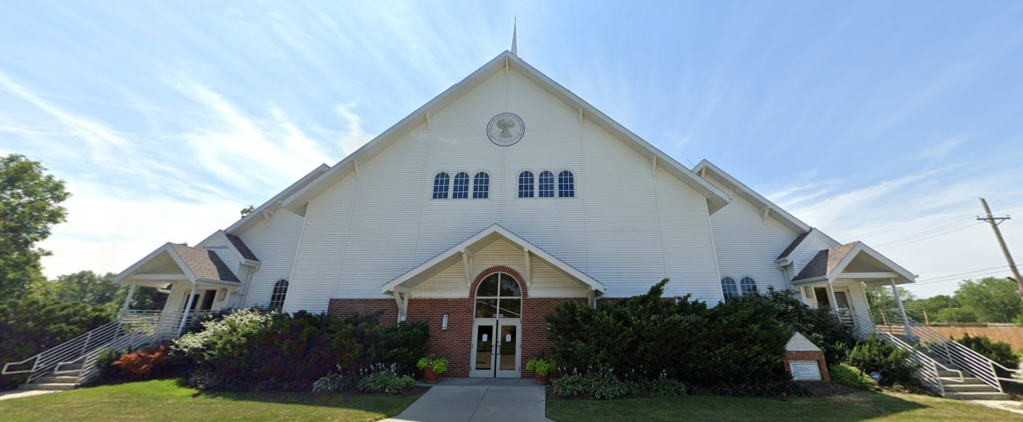
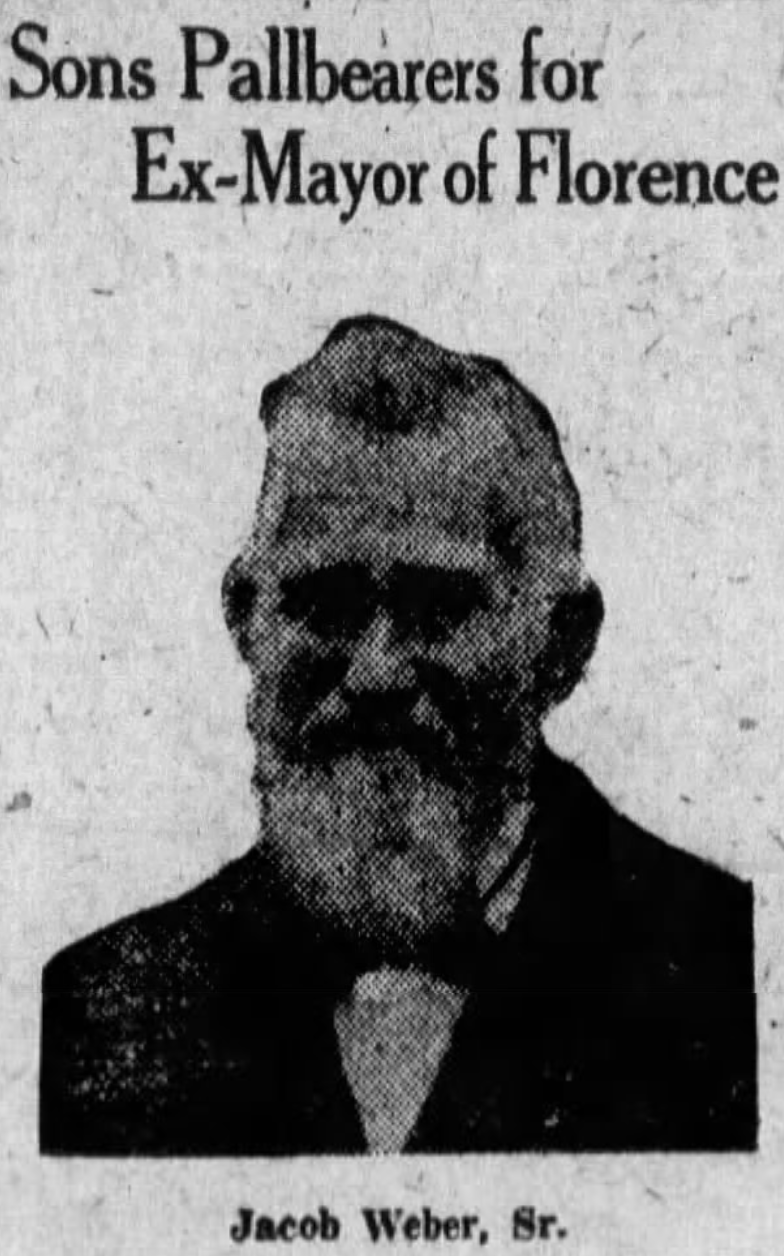
Leave a comment